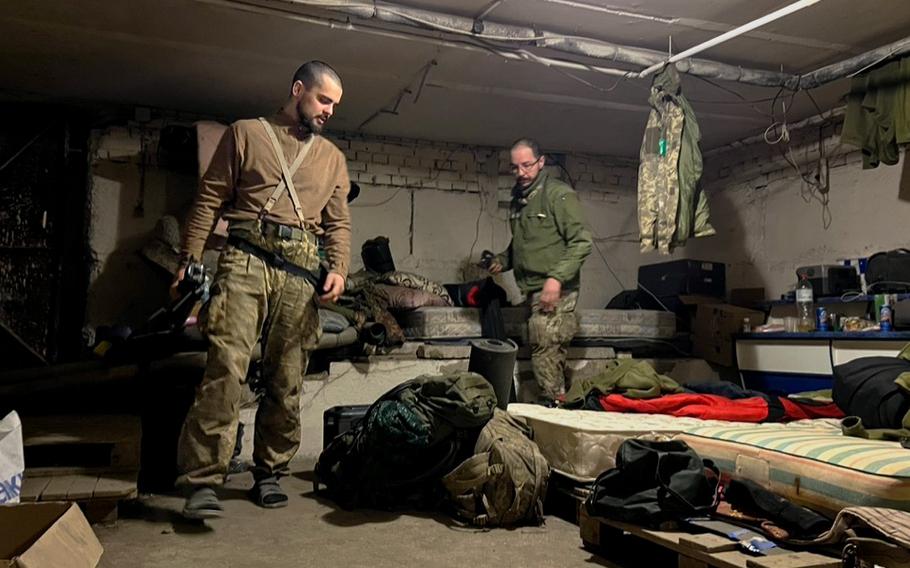Europe
UK, allies look to arm Ukraine with AI-enabled swarm drones
Bloomberg News February 18, 2024

Ukrainian drone pilots known as Liova and Tezka prepare their equipment in Bakhmut. The U.K. is working with nations including the U.S. to provide Ukraine with thousands of new AI-enabled drones that could swarm Russian targets simultaneously, according to people familiar with the matter. (Nabih Bulos/TNS)
(Tribune News Service) — The U.K. is working with nations including the U.S. to provide Ukraine with thousands of new AI-enabled drones that could swarm Russian targets simultaneously, according to people familiar with the matter.
Western military planners developing the technology believe it could allow Ukraine to overwhelm certain Russian positions with the unmanned vehicles, said the people, who asked not to be identified discussing sensitive matters. The drones could be sent to Ukraine within months, they said, while warning the timeline could slip.
Drones have become increasingly important in the Russia-Ukraine war as the conflict approaches the two-year mark, and a global race is on to develop new technologies that could shape the future of warfare. Russia is ramping up its own domestic production of battle drones to support the invasion and has received significant supplies from its ally Iran.
A coalition of Ukraine’s allies has pledged to deliver 1 million drones to the country within a year, and the military said it used naval drones to destroy a Russia warship in the Black Sea last week. In January, White House officials met defense companies to discuss innovative battlefield technologies that could aid Ukraine in its bid to combat Russia’s invasion.
The focus on drones comes as Ukraine faces a shortage of artillery, a situation that could become so critical in coming months that the military may have to decide to focus on a narrower war front, Bloomberg previously reported. Ukraine announced Saturday that it was withdrawing from Avdiivka after a months-long battle.
German Chancellor Olaf Scholz raised the pressure on European allies to increase military aid to Ukraine, using a speech at the Munich Security Conference to warn of the political and financial cost of a Russian victory.
While new drone capabilities do not replace the urgent need for shells, they may help mitigate some of that shortfall and create a new dynamic on the battlefield, the people said.
The AI-enabled drones would be deployed in large fleets, communicating with each other to target enemy positions without each one having to be controlled by a human operator, one of the people said.
Admiral Rob Bauer, chairman of NATO’s military committee, told Bloomberg that Ukraine using drones “in combination with artificial intelligence” could be “more successful than artillery barrages over Russians.”
“Nations are looking at swarming, nations are looking at AI to improve relatively simple drones and relatively simple cameras or video systems to become much more connected with software,” Bauer said. There is a “never-ending race” with Russia to develop cutting-edge technology, he added.
Speaking in Munich, Ukrainian President Volodomyr Zelenskyy called for its allies to provide it with more long-range weapons and artillery. “Keeping Ukraine in an artificial deficit of artillery and long-range weapons allows Putin to adapt to the current intensity of the war,” he said.
Jennifer Jacobs and Natalia Drozdiak contributed to this report.
©2024 Bloomberg L.P.
Visit bloomberg.com.
Distributed by Tribune Content Agency, LLC.